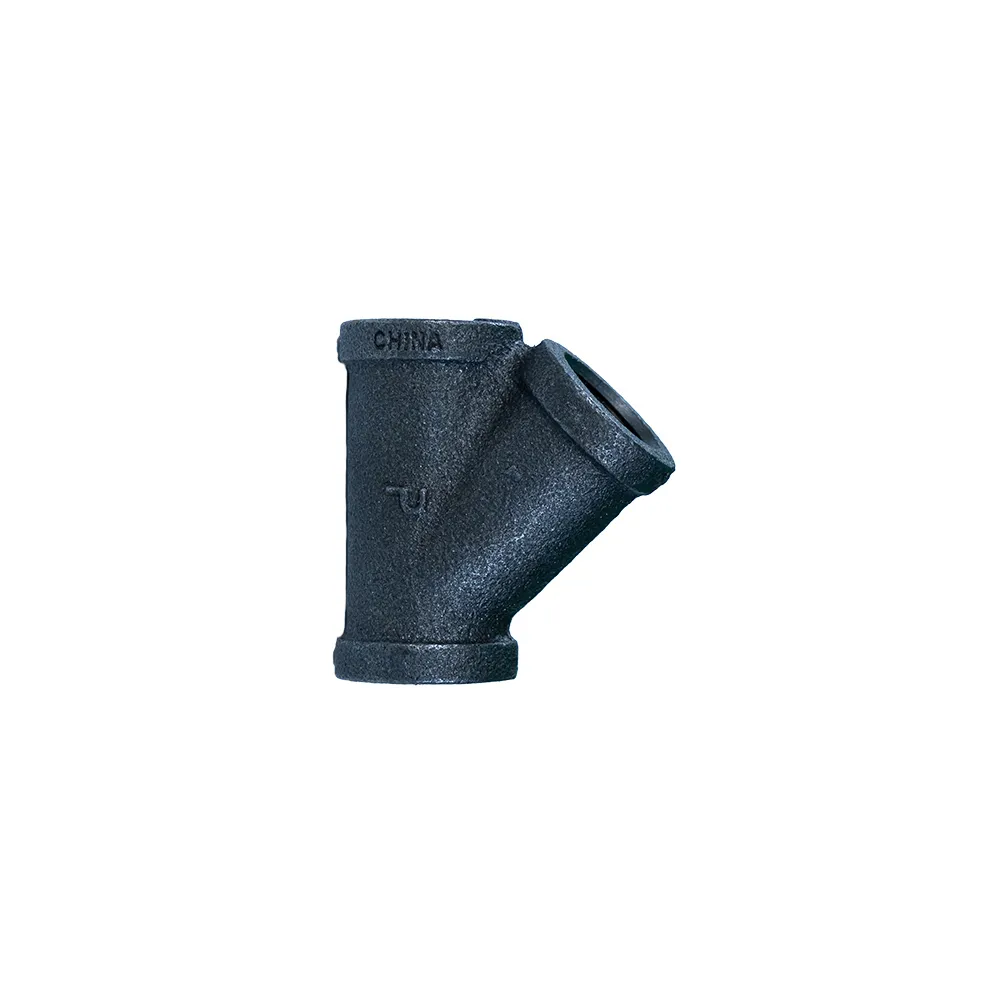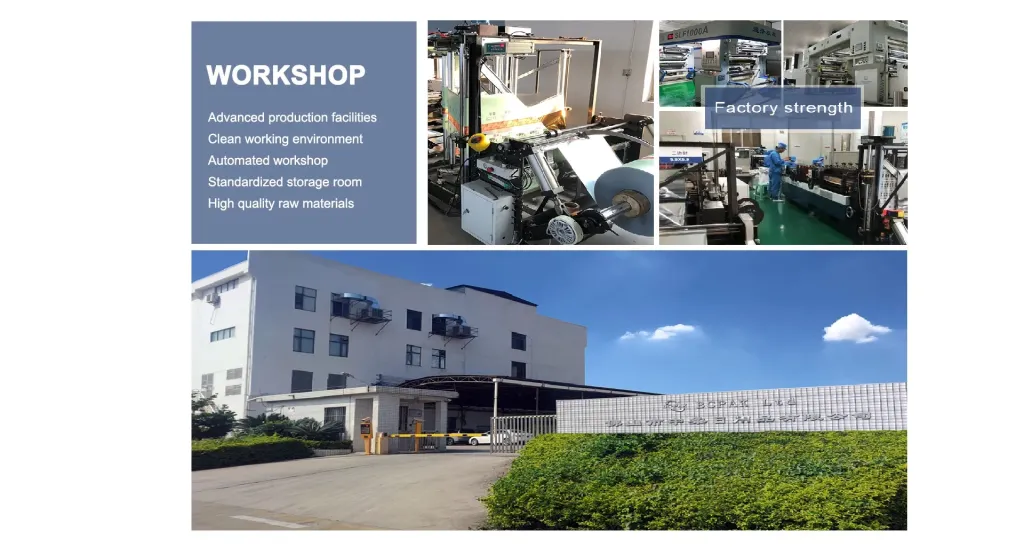Dated on Th1-11-2025


When incorporating 45-degree elbows within your system, precision installation becomes paramount. Misalignment can impede the elbow’s ability to perform optimally, causing unnecessary stress on joints and increasing the potential for leaks. Therefore, employing experienced technicians is crucial to ensure these components are integrated flawlessly. Moreover, selecting the right material for your 45-degree elbow not only influences its durability but also its resistance to corrosion and pressure. Stainless steel elbows are known for their robustness and longevity in industrial settings, while PVC is common in residential and light-commercial applications for its corrosion resistance and lightweight nature. Copper elbows, on the other hand, are favored in plumbing due to their excellent thermal conductivity and resistance to bacteria growth. Consulting with manufacturers and referring to operational guidelines ensures that the 45-degree elbows you utilize are suited for the specific pressures and temperatures of your systems. Relying on products that meet ASME and ASTM standards guarantees that the elbows will perform under stipulated conditions, enhancing the trustworthiness of your system’s design. In conclusion, the 45-degree angle elbow is a testament to sophisticated engineering in fluid management systems. Its expert design provides seamless transitions, contributing to system efficiency and longevity. By understanding the profound impact that material choice, installation precision, and flow dynamics have on overall performance, industry professionals can leverage these fittings to build systems that are not only efficient but also reliable and sustainable.
Post time: Th1-11-2025
Prev:
Next:
Related PRODUCTS









